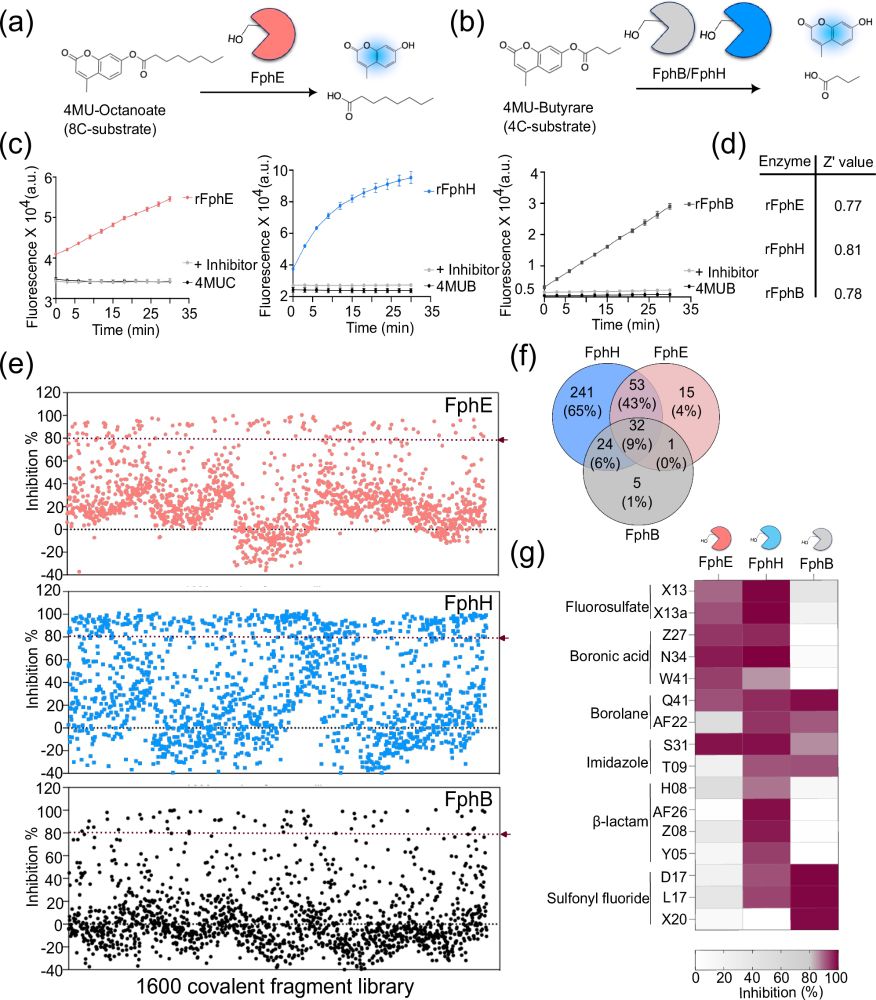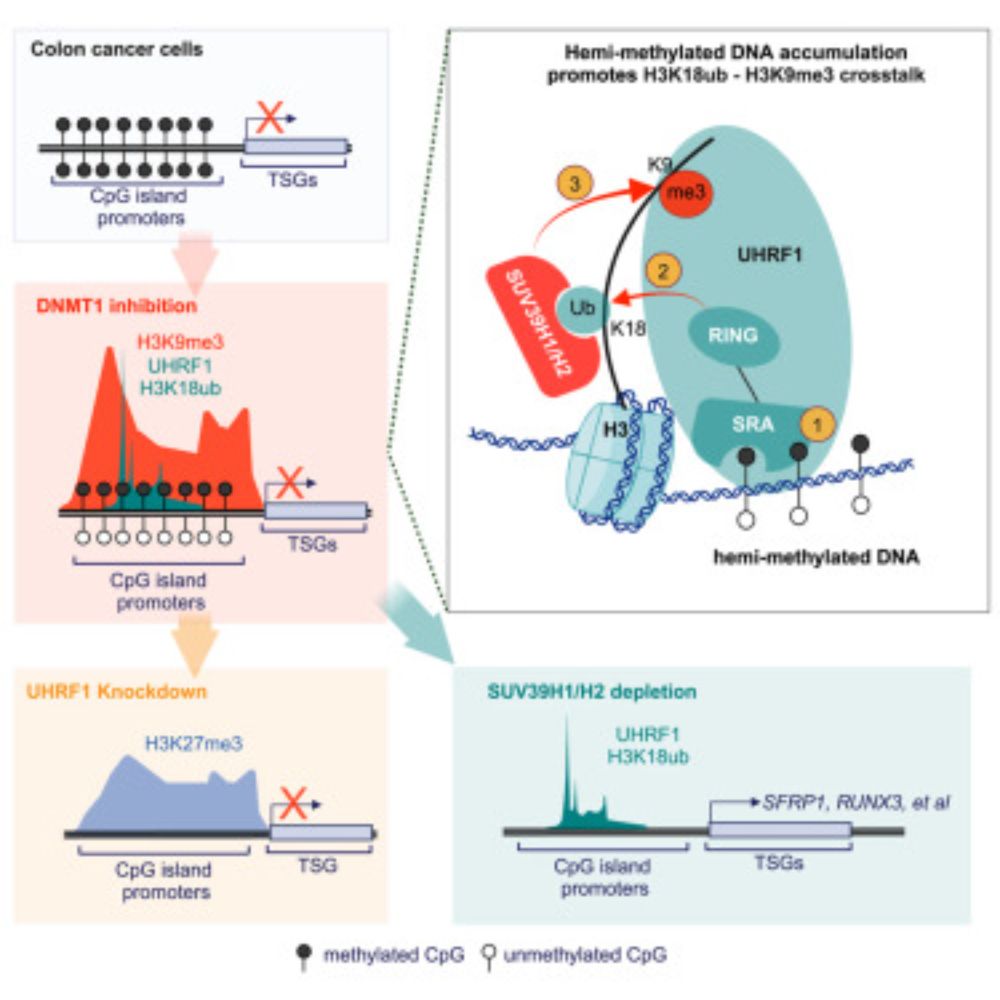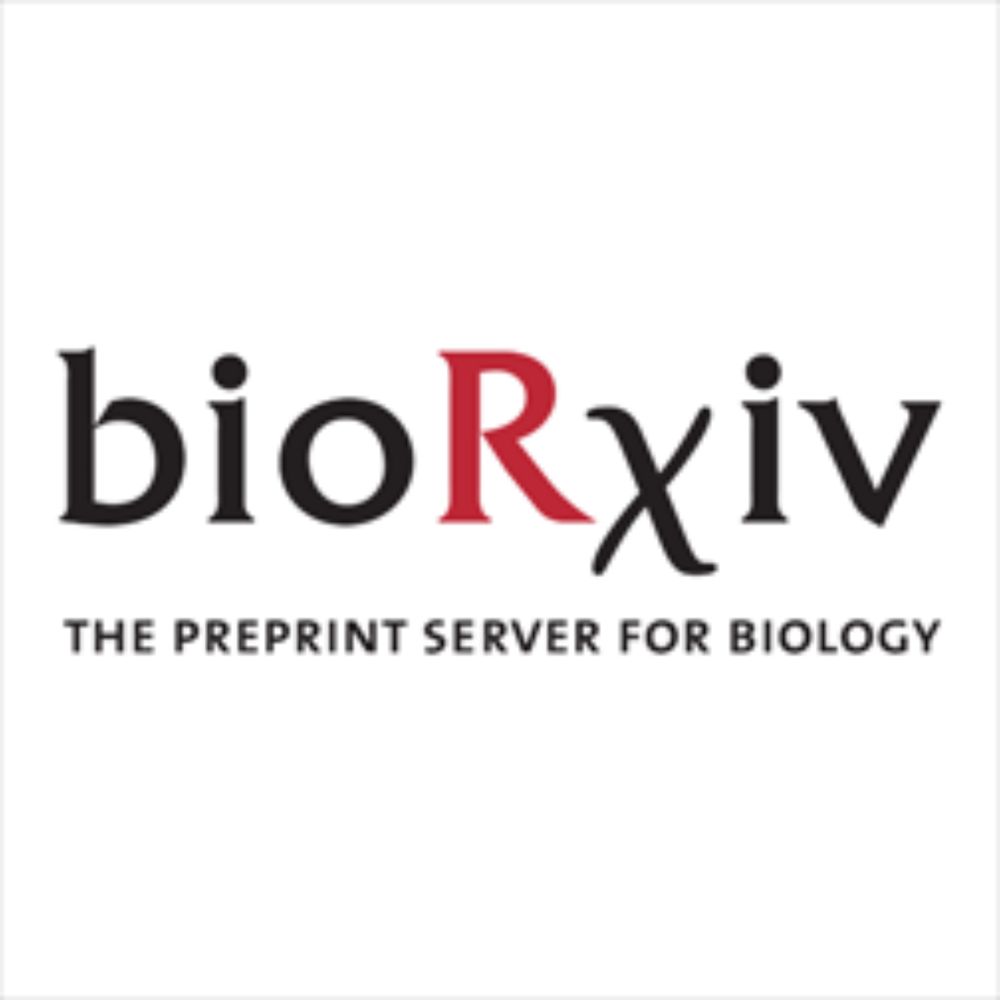Views are my own.
Covalents, microbes, and dogs rule the feed
The NHS has put out an urgent call for 200,000 donors to come forward
Book an appointment or register today ❤️🙏👇
blood.co.uk
The NHS has put out an urgent call for 200,000 donors to come forward
Book an appointment or register today ❤️🙏👇
blood.co.uk
link.springer.com/article/10.1...

link.springer.com/article/10.1...



dx.doi.org/10.1021/acsc...

dx.doi.org/10.1021/acsc...
Most #glycans exist as #glycoconjugates - our scientists describe access to #saponins and many other useful #glycotime molecules by automated glycan assembly.
#chemsky
pubs.acs.org/doi/full/10....

Most #glycans exist as #glycoconjugates - our scientists describe access to #saponins and many other useful #glycotime molecules by automated glycan assembly.
#chemsky
pubs.acs.org/doi/full/10....

We demonstrate how ‘direct-to-biology’ screening can accelerate optimisation campaigns, yielding potent covalent and non-covalent inhibitors from reactive fragment hits.
onlinelibrary.wiley.com/doi/full/10....


Nice work from the Parker lab!
#RNA #RNAsky
G3BP1 promotes intermolecular RNA-RNA interactions during RNA condensation: Molecular Cell www.cell.com/molecular-ce...

Nice work from the Parker lab!
#RNA #RNAsky
G3BP1 promotes intermolecular RNA-RNA interactions during RNA condensation: Molecular Cell www.cell.com/molecular-ce...



140 PIs & groups posting primary research in chemical biology.
Please reskeet (?) & reply to this post if you want to be added!
go.bsky.app/KLrTWoj
Let's make ChemBioSky even greater again!
#realtimechem #FluorescenceFriday #chemsky #chemtwitter #AgentOrange
140 PIs & groups posting primary research in chemical biology.
Please reskeet (?) & reply to this post if you want to be added!
go.bsky.app/KLrTWoj
Let's make ChemBioSky even greater again!
#realtimechem #FluorescenceFriday #chemsky #chemtwitter #AgentOrange

www.economist.com/interactive/...

www.economist.com/interactive/...
www.biorxiv.org/content/10.1...

www.biorxiv.org/content/10.1...



